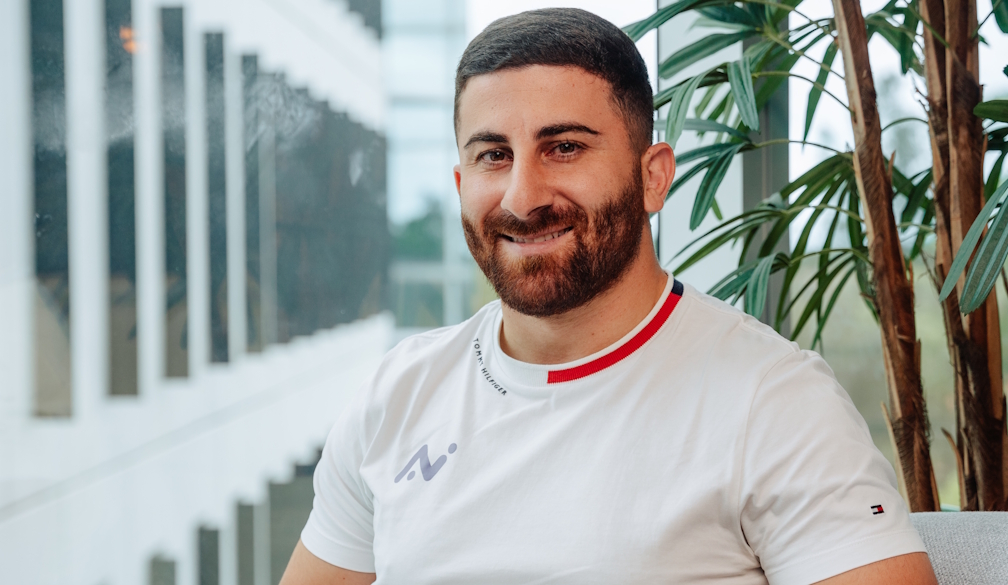McAfee report: 375 new threats per minute
- Written by Media Release

McAfee, the device-to-cloud cybersecurity company, today released its McAfee COVID-19 Threat Report: July 2020 examining cybercriminal activity related to COVID-19 and the evolution of cyber threats in Q1 2020. McAfee Labs saw an average of 375 new threats per minute and a surge of cybercriminals exploiting the pandemic through COVID-19 themed malicious apps, phishing campaigns, malware, and more. New PowerShell malware increased 688% over the course of the quarter while total malware grew 1,902% over the past four quarters. Disclosed incidents targeting the public sector, individuals, education and manufacturing increased; nearly 47% of all publicly disclosed security incidents took place in the United States.
“Thus far, the dominant themes of the 2020 threat landscape have been cybercriminal’s quick adaptation to exploit the pandemic and the considerable impact cyberattacks have had,” said Raj Samani, McAfee fellow and chief scientist. “What began as a trickle of phishing campaigns and the occasional malicious app quickly turned into a deluge of malicious URLs and capable threat actors leveraging the world’s thirst for more information on COVID-19 as an entry mechanism into systems across the globe.”
Each quarter, McAfee assesses the state of the cyber threat landscape based on in-depth research, investigative analysis, and threat data gathered by the McAfeeâ Global Threat Intelligence cloud from over a billion sensors across multiple threat vectors around the world.
CAPABLE THREAT ACTORS EXPLOIT PANDEMIC
McAfee researchers found it is typical of COVID-19 campaigns to use pandemic-related subjects including testing, treatments, cures, and remote work topics to lure targets into clicking on a malicious link, download a file, or view a PDF. To track these campaigns, McAfee Advanced Programs Group (APG) has published a COVID-19 Threat Dashboard, which includes top threats leveraging the pandemic, most targeted verticals and countries, and most utilised threat types and volume over time. The dashboard is updated daily at 4pmET; more information can be found here: McAfee APG COVID-19 Threat Dashboard.
“Cybersecurity cannot be solved by cookie cutter approaches, each organisation is unique and has specific intelligence requirements and objectives,” said Patrick Flynn, head of McAfee APG. “The McAfee COVID-19 Threat Dashboard utilises data to create true analysed intelligence, which allows users to understand the total threat environment, informing them of potential threats before they are weaponised.
DATA BREACHES: THE NEW RANSOMWARE ATTACK
Over the course of the first quarter of 2020, McAfee Advanced Threat Research (ATR) observed malicious actors focus on sectors where availability and integrity are fundamental, for example manufacturing, law and construction firms.
“No longer can we call these attacks just ransomware incidents. When actors have access to the network and steal the data prior to encrypting it, threatening to leak if you don’t pay, that is a data breach,” said Christiaan Beek, senior principal engineer and lead scientist. “Using either weakly protected Remote Desktop Protocol or stolen credentials from the underground, we have observed malicious actors moving at lightspeed to learn the network of their victims and effectively steal and then encrypt their data.”
New ransomware declined 12% in Q1; total ransomware increased 32% over the past four quarters.
Q1 2020 THREATS ACTIVITY
Malware overall. New malware samples slowed by 35%; total malware increased 27% over the past four quarters. New Mac OS malware samples increased by 51%.
Mobile malware. New mobile malware increased by 71%, with total malware growing nearly 12% over the past four quarters.
Regional Targets. Disclosed incidents targeting the Americas increased 60%, incidents targeting Asia-Pacific increased 27%, while Europe decreased 7%.
Security incidents. McAfee Labs counted 458 publicly disclosed security incidents, an increase of 41% from Q4. 50% of all publicly disclosed security incidents took place in North America, followed 9% in Europe. Nearly 47% of all publicly disclosed security incidents took place in the United States.
Vertical industry targets. Disclosed incidents targeting the public sector increased 73% individuals increased 59%, education increased 33%, and manufacturing increased 44%.
Attack vectors. Overall, malware led disclosed attack vectors, followed by account hijacking and targeted attacks.
Cryptomining. New coinmining malware increased 26%. Total coinmining malware samples increased nearly 97% over the past four quarters.
Fileless malware. New JavaScript malware declined nearly 38%, while total malware grew nearly 24% over the past four quarters. New PowerShell malware increased 689%; total malware grew 1,902% over the past four quarters.
IoT. New malware samples increased nearly 58%; total IoT malware grew 82% over the past four quarters.
Resources:
- McAfee COVID-19 Report: July 2020
- McAfee COVID-19 Threat Dashboard
- McAfee Advanced Threat Research
- McAfee Advanced Programs Group
About McAfee
McAfee is the device-to-cloud cybersecurity company. Inspired by the power
of working together, McAfee creates business and consumer solutions that make our world a safer place. www.mcafee.com
About McAfee Labs and Advanced Threat Research
McAfee Labs and McAfee Advanced Threat Research are a leading source for threat research, threat intelligence, and cybersecurity thought leadership. With data from over a billion sensors across key threats vectors—file, web, message, and network— McAfee Labs and McAfee Advanced Threat Research deliver real-time threat intelligence, critical analysis, and expert thinking to improve protection and reduce risks.







